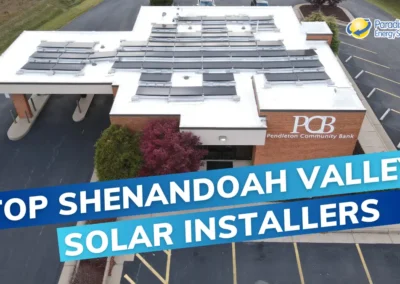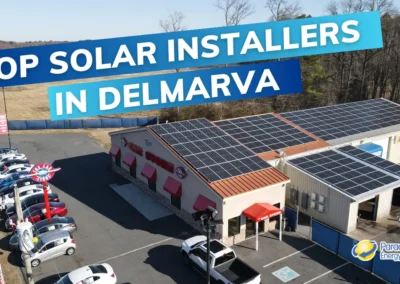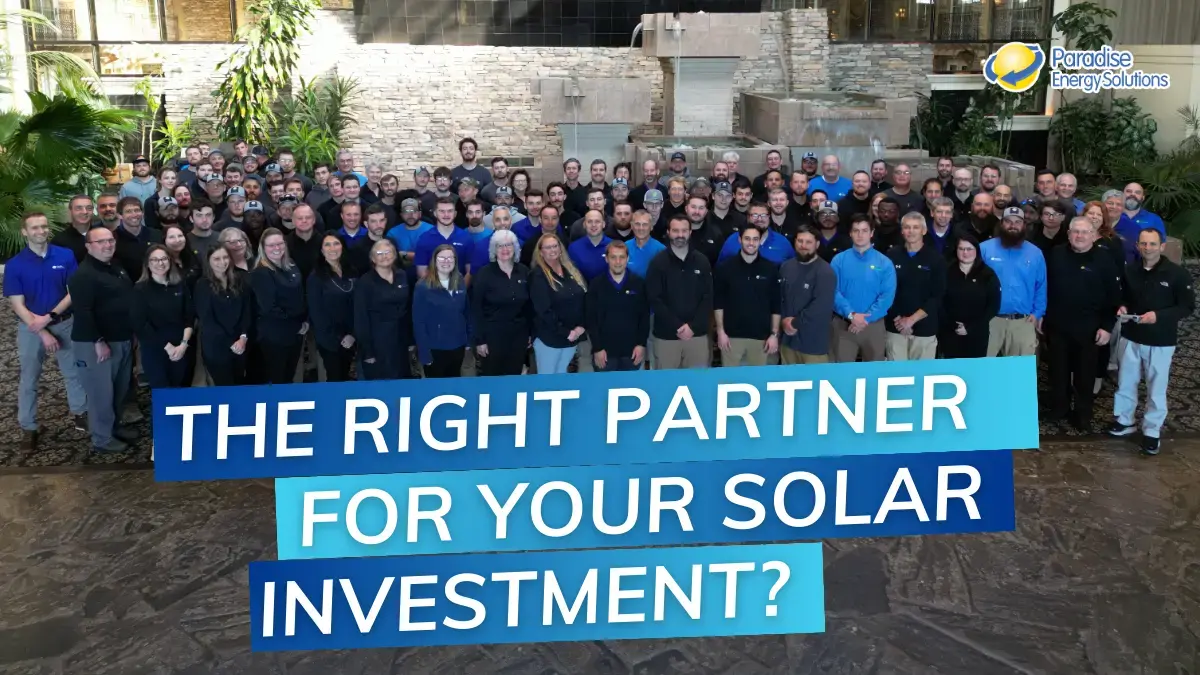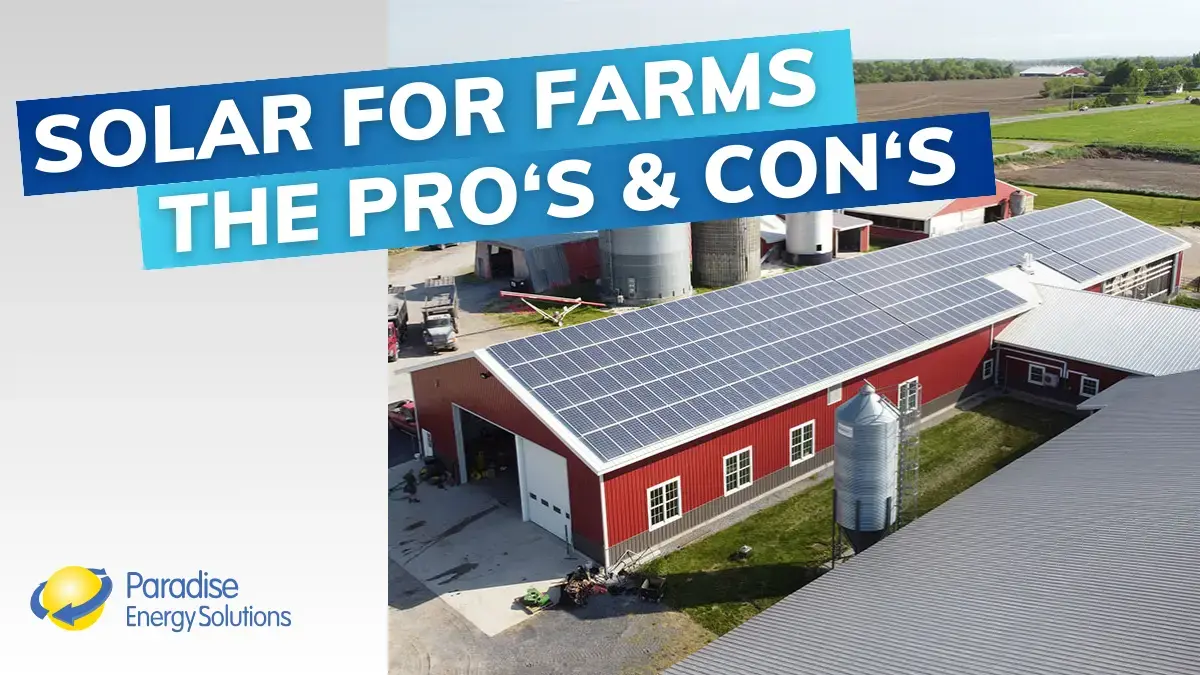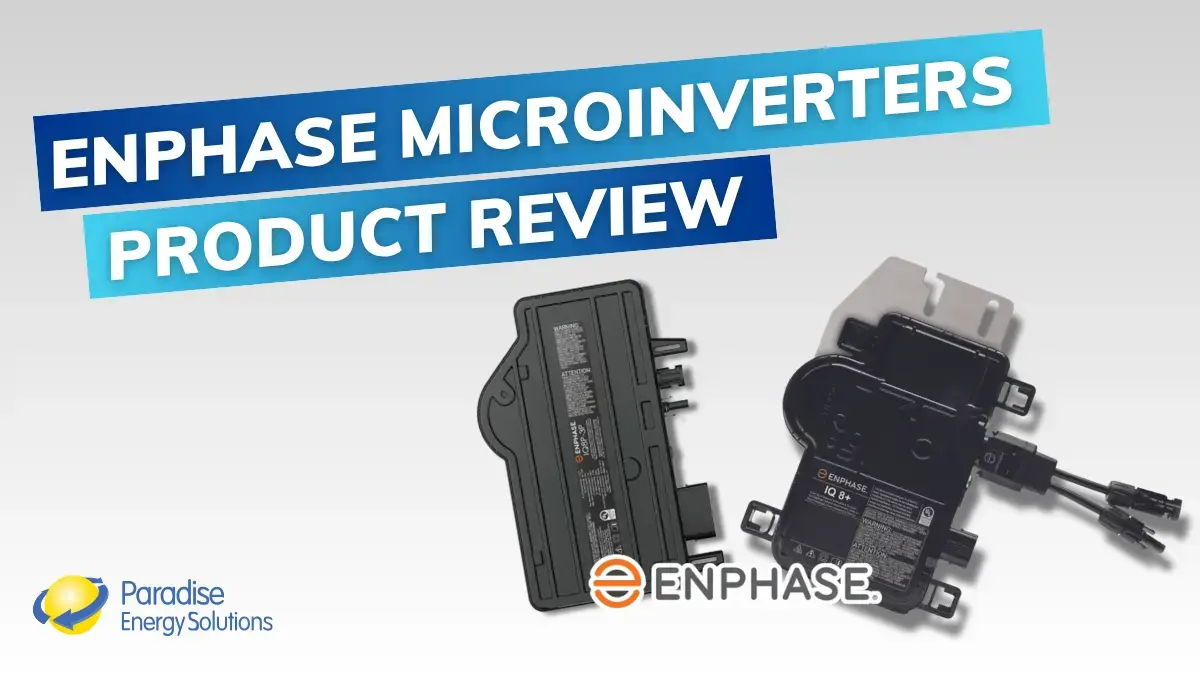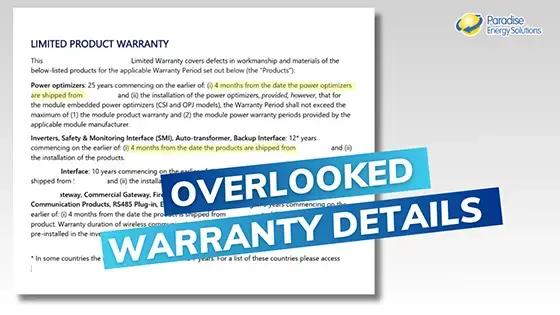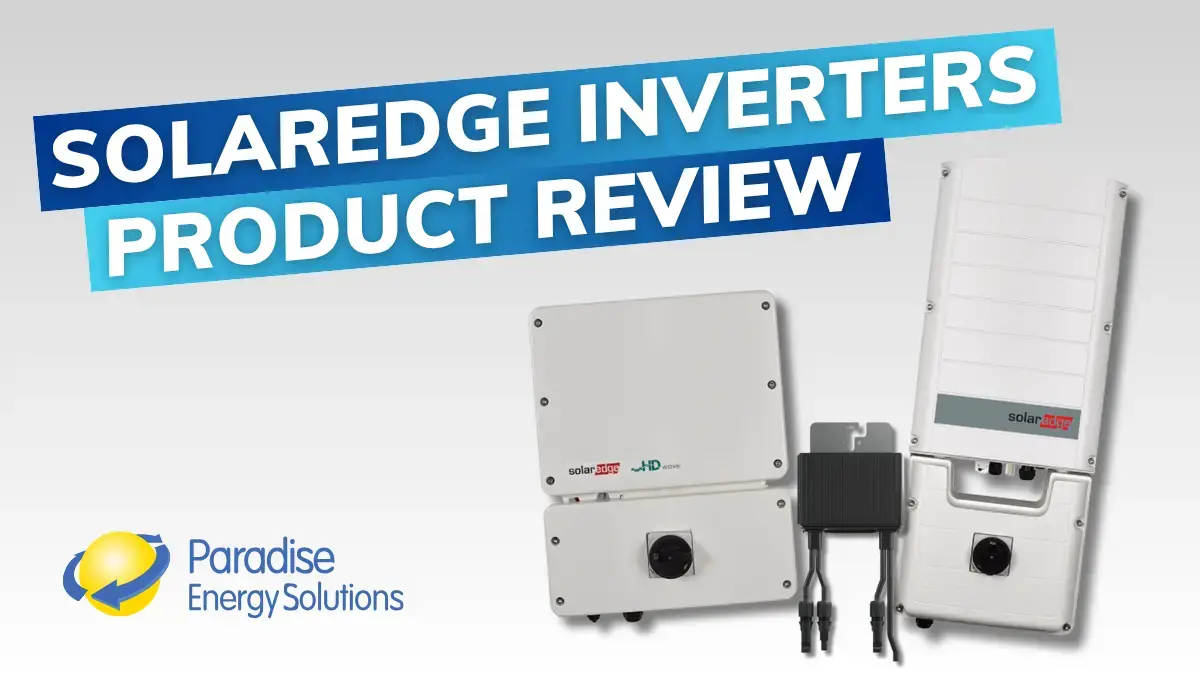Energy is a significant expense for poultry growers. From automated feed lines to lighting to ventilation and climate control, so much of your operation is dependent on electricity. And it adds up quickly.
Cutting these huge energy bills would boost your bottom line, but doing so can be difficult. The health of your flock relies on these energy-sucking devices, and the cost of electricity is seemingly beyond your control.
That is unless you install a solar energy system.
 Solar panels for your poultry farm will produce free electricity, allowing you to take control of your energy costs and dramatically reduce your electricity bill. And with falling installation costs, current tax incentives, and USDA grants, doing so has never been more affordable.
Solar panels for your poultry farm will produce free electricity, allowing you to take control of your energy costs and dramatically reduce your electricity bill. And with falling installation costs, current tax incentives, and USDA grants, doing so has never been more affordable.
But can your poultry houses safely hold the panels? And how much would you have to invest upfront?
In this blog, we’ll answer some common questions relating to poultry houses and agricultural solar panels so you can make an informed decision for your farm.
Is It Safe to Install Solar Panels on a Poultry House Roof?
Yes, it is safe to install solar panels on most poultry houses. That said, this is a valid concern, and the proper evaluations should be completed before their installation to make sure the roof can support the added weight.
How Much Do Solar Panels Weigh?
Solar panels aren’t incredibly heavy, but they do have some weight to them. They’ll range from 33 to 50 pounds, with the vast majority weighing about 40 pounds.
Most poultry houses in the US were not designed or constructed with the intention of putting solar panels on the roof. However, most poultry houses can still safely support the additional weight of solar panels.
How Do You Make Sure Your Poultry House Roof Can Support Solar Panels?
To ensure your poultry house roof can support your panels, a third-party Certified Architect or Professional Structural Engineer licensed in your state should be consulted. Here’s a breakdown of how this process typically works:
- Your solar installer will design a solar system in line with your financial and energy production goals.
- A Certified Architect or Professional Structural Engineer will evaluate the system’s design, as well as your poultry house.
- The structural professional will provide you and your installer a certified letter stating their approval to install the solar system.
- If the building is not deemed safe for solar panels, they’ll recommend changes. You and your solar installer will review these changes and determine the best plan for moving forward.
- If you decide to make the recommended changes, they’ll be implemented, and the structural professional will reevaluate the building.
- Once all the certifications are received from the structural professional, the installation of your solar panels can start.
The structural professional will determine if the roof can safely handle solar panels. They’ll use various engineering calculations to determine if the roof has been designed and built to support the added weight and the added stress from the wind and snow loads on the panels.
After their evaluation is complete and the roof is deemed safe, the structural professional will provide a stamped and certified letter with their approval. It is only after receiving this certification that your installer should begin installing solar panels on your chicken house or poultry house.
What If Your Roof Can’t Initially Support Solar Panels?
In some cases, the structural professional will determine that additional support is required to meet the engineering requirements for adding solar panels. You and your installer will review this information together so you can determine the best way to move forward.
You should not continue with the solar installation process if the changes are against your wishes or don’t make sense financially. However, in most cases, they’re relatively non-invasive and won’t significantly reduce the financial return on your solar investment.
If you decide to make them, the structural professional will reevaluate the structure when completed. They’ll then provide final approval to move forward with the solar installation.
At no point should your solar company install panels on a roof that has not been professionally evaluated and determined to be adequate or reinforced adequately according to the professional instructions given to us by the structural professional.
Are There Options Other Than Roof-Mounted Solar Panels?
If roof-mounted solar panels aren’t right for your farm, you may still be able to take advantage of solar power.
Ground-mounted solar systems are a popular alternative to roof-mounted solar systems. Instead of lining your roof with solar panels, they can be installed on a free-standing racking system anywhere on your property that’s suited to solar energy.
Learn more: Find out the differences between roof-mounted and ground-mounted solar systems.
 Ground-mounted systems can be a great alternative if your poultry house roof doesn’t get enough sunshine or can’t support the additional weight.
Ground-mounted systems can be a great alternative if your poultry house roof doesn’t get enough sunshine or can’t support the additional weight.
In fact, in one case study, our customer installed their ground-mounted system within the confines of their fenced-in pasture. In warmer months, their chickens have access to this pasture and stay cool in the shade of the solar panels.
That said, ground mounts can cost more to install than roof mounts.
Is Solar Right For Your Poultry Farm?
We’re here to help you determine if solar is the right investment for your farm. We’ve helped hundreds of farmers achieve significant financial returns with solar, and we would love the opportunity to help you do the same.
Request your free quote if you’re ready to see how solar can help your farm.
If you’re not ready for a quote, download our solar buying guide provides an in-depth overview of everything you need to know before installing solar, or visit our YouTube channel for short videos that answer many of the common solar questions.




